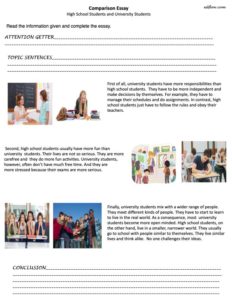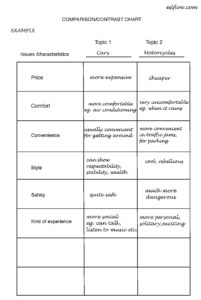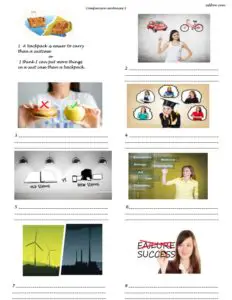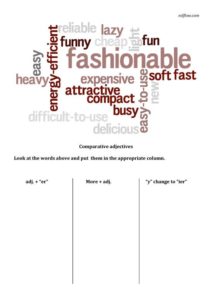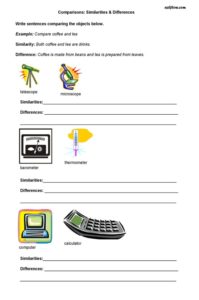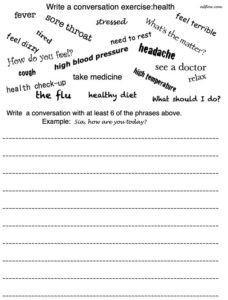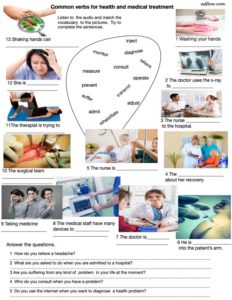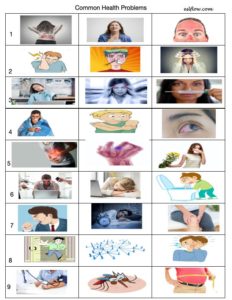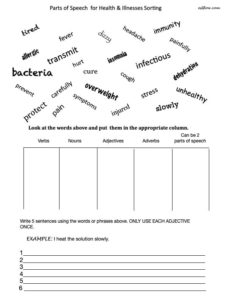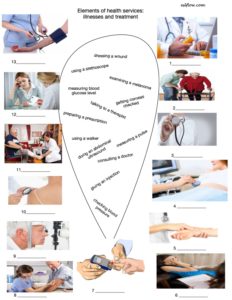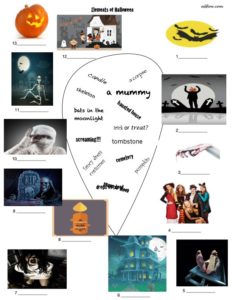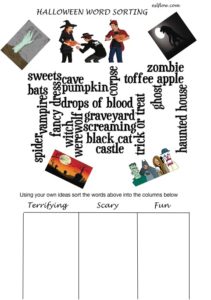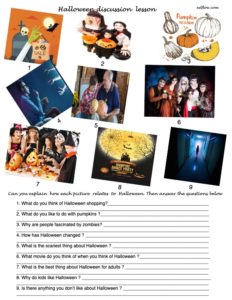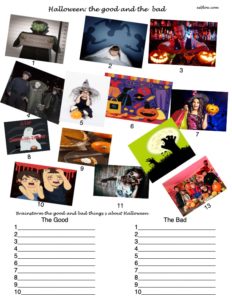Cross-Cultural Communication Language Exercises
4th January 2025
Cross-cultural communication has become vital in today’s connected world. Though important, it’s often missing from discussions about what makes someone successful at work. Understanding how to communicate across cultures requires mastery of a variety of skills – reading emotions, listening attentively, being flexible, and understanding different ways of life. It’s not just about speaking other languages – you need to understand the small differences between cultures: how different groups express themselves, what people mean through their actions, and what different cultures value.
Brainstorming cross-cultural communication
This cross-cultural exercise breaks down global communication into five essential spheres. Students match items like body language and translation tools to their proper categories, then expand each section with their own ideas, building a fuller picture of international interactions.
Subscribe to Eslflow
✓ Get step-by-step exercises with complete answer keys
✓ Access premium teaching materials, expertly curated for your classroom
✓ Stay ahead with the latest AI tools and prompt engineering techniques
✓ Receive quality content with zero ads or distractions
✓ Get fresh, engaging resources delivered straight to your inbox
Join fellow educators who are revolutionizing their teaching. Never search for quality materials again – have them delivered directly to you.
Brainstorming the meanings of body language and gestures
A nice easy icebreaker to start a class. This body language exercise presents ten everyday gestures for cultural interpretation. Students examine images ranging from the “OK” sign to crossed fingers behind one’s back, considering multiple meanings for each gesture. The worksheet includes detailed example answers and can be adapted into a listening activity where students match spoken phrases to images.
Cross-cultural communication critical thinking
Exploring cultural differences through a variety of activities helps engage students and helps them to understand key aspects of cross-cultural communication. Students identify causes of misunderstandings, rank benefits of cultural exchange, and classify adaptation challenges as easy or difficult, with space to explain their choices.
Expressing opinions about travel and culture
A vocabulary and critical thinking exercise for discussing travel and culture. Students use the words at the bottom of the page to complete the sentences and then agree/disagree with the statements and give reasons for their choices.
Body language and gestures
Body language and gestures are fundamental aspects of cross-cultural communication. This worksheet combines photos, expressions, and audio to show how nonverbal cues carry different meanings across cultures. Students match 12 pictures with phrases like “I’m all ears” and “No way!”, then discuss when these gestures might cause confusion or offense in different societies.
Body language quiz with answers
This is a body language quiz with answers for language learners and for intercultural communication. Students read the description of the body language and write a suggestion for it’s meaning.
Body language and gestures 2
This is similar to the above but a little more straight forward.
Body language, gestures and manners vocabulary dictation
Dictation is a good way of introducing the vocabulary. This exercise focuses on body language, gestures & manners. Dictate the vocabulary (randomly) on Page 2 of the PDF and tell the students to find the appropriate picture and to write the words on the correct picture. Dictate the words randomly. Alternatively, if the students are quite weak scramble the words on the whiteboard.
Body language, gestures and manners worksheet (PDF)
Brainstorming good and bad manners
This is a great icebreaker and brainstorming exercise for a class about intercultural issues or politeness and etiquette topics.
Brainstorming good and bad manners (PDF)
Manners & etiquette speaking skills worksheet (with answers)
This is an exercise for practicing language associated with manners and etiquette. Students look at the pictures and complete the speech bubbles with their own ideas.
Manners and etiquette speaking skills (PDF)
Polite vs impolite etiquette language skills worksheet (with answers)
This is an exercise for practicing language associated with manners and etiquette. Students look at the pictures and write sentences with their own ideas.
Polite vs impolite etiquette language exercise (PDF)
Other Resources:
10 Jobs and Careers Language Skills Exercises
6 Describing People and Appearance Vocabulary and Language Exercises
